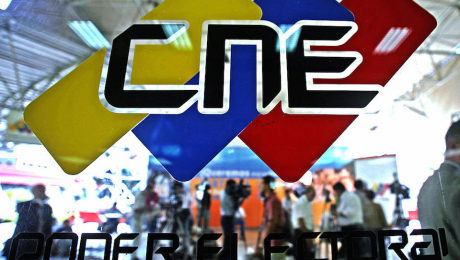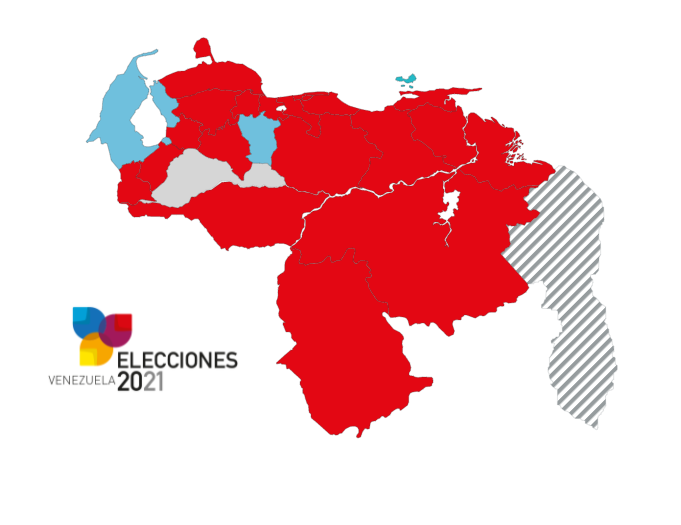Continuing the vision that the current Venezuelan crisis is in a state of political deadlock, and as a consequence, the complex social situation continues ravaging the living conditions of the population, we’re witnessing with certain “normality” a shadow economic system that has gained a foothold recently, as a reflection of the profound economic crisis and the disappearance of the state, or rather, the state’s role in legitimizing the dynamics that have taken over the national economy by force, where Laissez faire et Laissez passer are the only rules in the table of the Venezuelan economic system.
In that sense, following the collapse of the national electrical system last March of the current year, we’ve seen with increasing regularity the use of foreign currency for the sale and purchase of goods and services. Now it is common to see items labeled in US dollars in large supermarket chains, but it is not something exclusive to formal retailers; it can also be observed in informal commerce, with popular markets, and even street vendors in the metro announcing their prices in dollars. In short, there is a de facto dollarization process taking place in the economy.
This situation is evidence of the systematic and continuous failure of the economic policies of Nicolas Maduro’s government. A concrete example of this is the Recovery, Growth and Economic Prosperity Program announced a little over a year ago, which had as one of its main objectives “defeat the evil currency exchange rates imposed by the economic war”. In reality, the opposite appears to have happened: The official US dollar exchange rates seem to be in lockstep with the behavior of the “criminal” parallel dollar exchange rate. According to data published by the Venezuelan Central Bank (BCV), between December 2018 and November 17th of this year, the Bolivar has devalued 19,200 percent, relative to the dollar. On December 3rd, 2018, the dollar was exchanging for 151.64 bolivares and by November 17th of this year it closed a little over 29,000 bolivares per dollar.
The behavior of the official currency exchange rate reveals several facts which the government has been reluctant to recognize publicly. If we take at face value the theory of the “economic war” that has been argued by the government for several years now, to deflect responsibility and justify little political will to recognize its mistakes in public administration and to fix the root causes of the troubles in the Venezuelan economy, it is clear that the government has lost this war, due to the shocking negative effects that it has had on the purchasing power of the Venezuelan people. Now, we have a BCV devaluing the currency at the same pace, and oftentimes above the rates published in websites for the so-called “criminal dollar”. Another important fact is that this new economic dynamic is both assuming as a fact and assisting to the death of the bolivar as the legal tender of the country.
Since the market economy is a concrete fact, and in essence it’s a system which depends on a set of variables that relate dynamically, any decision made related to economic policy has its negative or positive effects depending on which interests it serves. Hoping to quash loans destined for speculatory currency exchange schemes which impact the rate itself, last October 21st, the BCV enacted a resolution, published in the Official Gazzette nº 41,742, where it establishes some kind of indexation of commercial loans to the currency exchange rate. This decision joins the strategy that the national executive has been imposing on the financial system (for instance, the decision to increase the reserve requirements) that has so far yielded no positive results with regards to putting a brake on the constantly rising exchange rate. On the contrary, this last decision has created a legal and institutional framework to normalize the dollarization of the economy. The cherry on top of the dollarization cake, were the recent declarations by Nicolas Maduro, referring to the dollarization process as “benefitial” to the economy, which faces a Bolivar that has lost all attributes of a viable legal tender. While the process takes place, we’re living the normalization of a dual economic system.
A country with two economies: One operating in the shadows thanks to a dollarized monetary system, and another which operates through the monetary system that uses the devalued Bolivar for sales and purchases, but guided by the value of the US Dollar. This dual system also means the construction of a sordid country, one where two kinds of Venezuelans exist: Those who earn dollars and can keep a high or moderate consumption rate, and those who earn bolivares and can barely afford the essentials, falling in a negative feedback of ever greater precariousness.
According to data of SUDEBAN, commercial loans from 2018 and 2019 so far, represent on average over 60% of the entire loan portfolio of the Venezuelan financial system.




